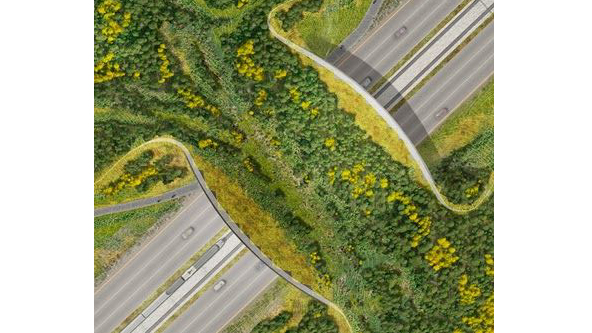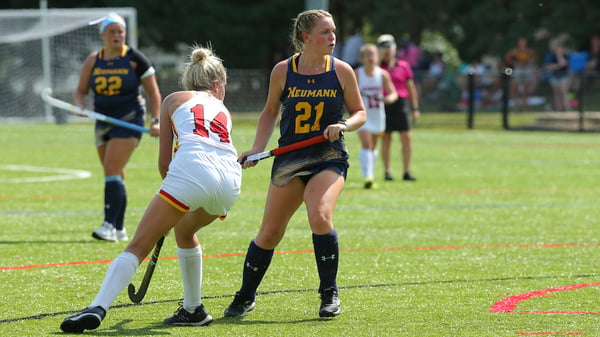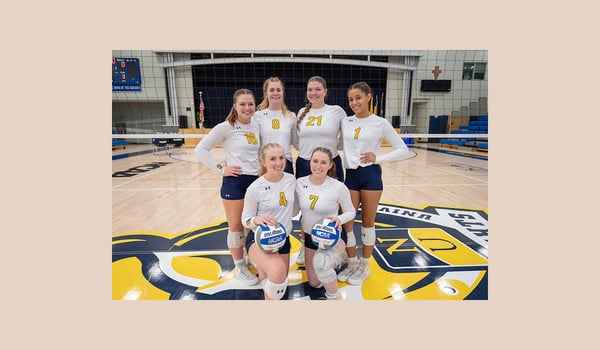Neumann has soared to new heights in rankings for social mobility: #18 in Pennsylvania and #86 in...
It’s Now Or Never, Pennsylvania Wildlife Needs Our Help

Pennsylvania wildlife is in danger, and they need humans' help to save them. That is why a wildlife corridor plan for Pennsylvania is necessary.
Pennsylvania has many native species, including elk, bobcats and black bears. Also, there are many songbirds that go through the Commonwealth when they migrate north and south each year.
However, each year, more and more of the state’s wildlife habitat is fragmented and criss-crossed by our roads which make it more difficult for Pennsylvania's native species to mate, migrate, and roam.
Habitat fragmentation is caused when a species’s habitat is carved up. This means wildlife can’t get the necessary resources while also creating hurdles that make it more and more difficult for wildlife to cross highways. Crossing deaths happen when habitats are divided by roads. Wildlife are in danger of being hit by vehicles when they cross.
According to the U.S. Department of Transportation, over a million animals are killed on our roads every year. Interrupted migration is currently taking place in Pennsylvania, which plays an important role in the Atlantic Flyway where billions of birds from Canada and the northern United States migrate south to the Gulf of Mexico and farther.
Pennsylvania’s forest, meadows and wetland habitat are losing connectivity, threatening resident birds and species in the Western Hemisphere. There is also decreased wildlife resilience. Because of the climate getting hotter, the geography for a given species’ ideal climate is shifting.
Animals and plants are looking for cooler temperatures north in latitude and higher in altitude. Fragmentation splits up wildlife populations, preventing isolated groups from mating with each other and causing inbreeding.
Over generations these harmful influences will result in unhealthier populations that are less resistant to parasites and diseases. Wildlife will become more vulnerable to natural disasters, and more likely to suffer from genetic diseases.
Fragmentation also decreases the amount of “interior forest” habitat significantly. Roads, pipelines and subdivisions are creating more “edge” habitat, even if the total acreage of forest is nearly the same. Wildlife corridors have shown to be a proven method of addressing habitat fragmentation and helping species.
Corridors can help ensure that wildlife can be healthy, migrate and move without any issues, while also decreasing vehicle-wildlife accidents. Corridors provide a number of solutions, such as strips of woodland between farm fields that connect segments of forests to allow species to roam and migrate; stream culverts designed to allow amphibians and fish to pass under a road to disperse or mate; and road over- or under-passes. What will it take for humans in Pennsylvania to take action on this corridor plan before it's too late?
It is necessary to have a wildlife corridor plan for Pennsylvania to protect our species. If we do not take action now it will be too late. Many species have already gone extinct, and this is our chance to take action before any more species disappear.




